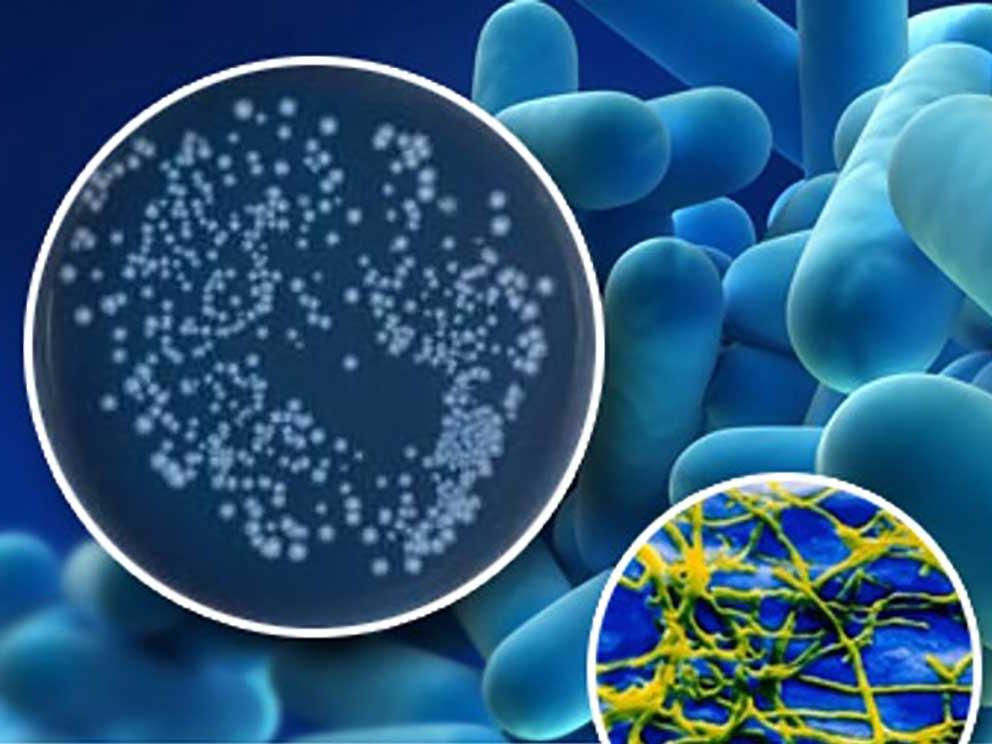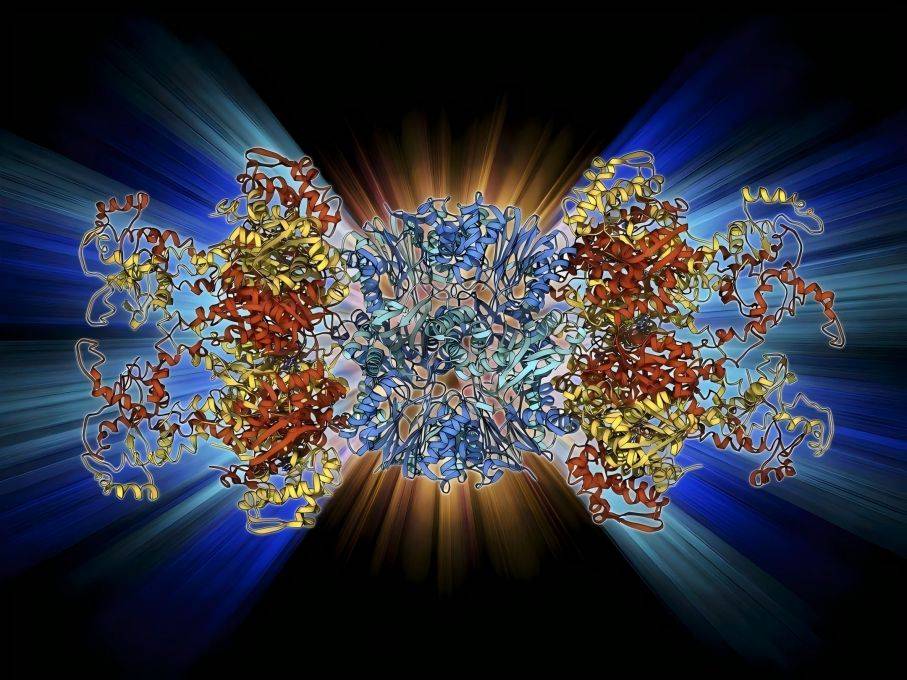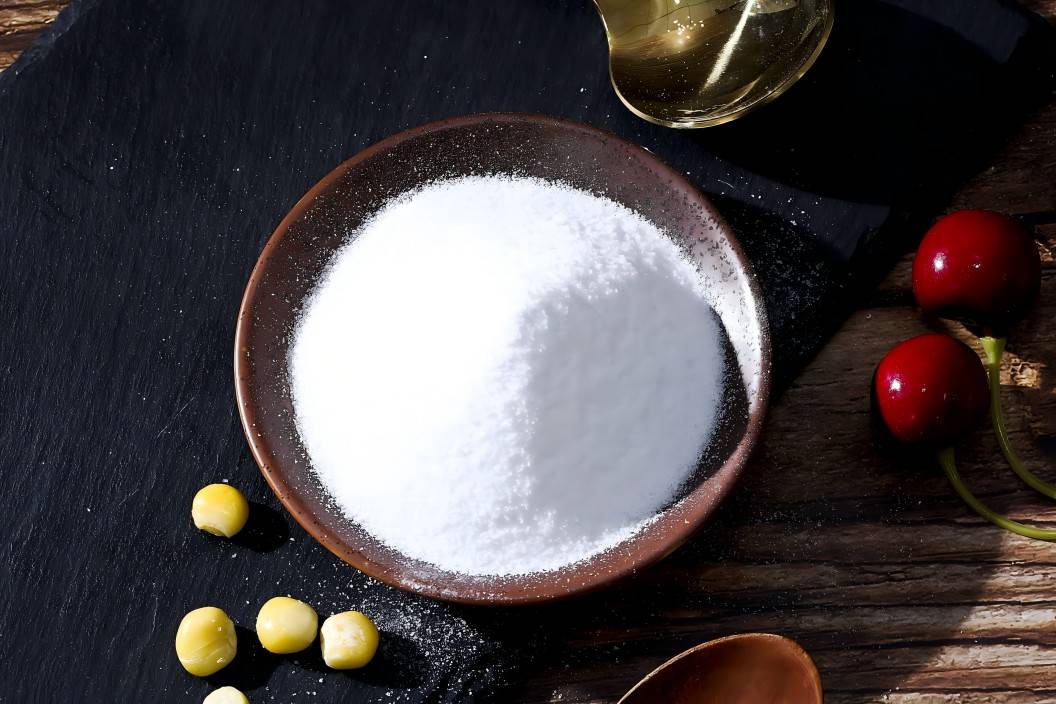Is D Allulose Powder Safe?
Under the catalysis of dopamine, people have always found it hard to resist the “sugar temptation”. Sugar provides energy for the body's metabolism, and its sweet taste can bring a pleasant mood and help relieve stress. In daily diets, most foods are flavored with sugar, but sugar is also a “sweet and honey killer.” Excessive intake of sugar can have a significant impact on human health. Not only does it increase the risk of heart disease and cancer, but it also causes obesity, osteoporosis, tooth decay, and accelerates skin aging and wrinkling.
1 Advantages of D-allulose application
1.1 Low calorie
D-allulose is about 70% as sweet as sucrose (when replacing more than 50%, it is combined with other high-intensity sweeteners), but has far fewer calories, only 1/10 of sucrose. The US Food and Drug Administration stipulates that the calorie content of D-allulose is 1.673 6 kJ·g-1. Most of the D-allulose ingested by the body is absorbed in the small intestine and is not metabolized, so it is excreted directly with the urine and cannot be used for energy production. The remaining D-allulose that is not absorbed by the small intestine cannot be utilized by the intestinal flora in the large intestine and is excreted directly with the feces.
1.2 High safety
D-allulose is regarded by European and American scholars as the best substitute for erythritol because its sweetness is similar to that of erythritol and it is safer than sugar alcohols without any side effects. Humans have a certain tolerance for the intake of various sugar alcohols, otherwise they will have varying degrees of laxative effects, but this will not occur with the intake of allulose, and it has no effect on metabolism or blood glucose levels.
2. D-Allulose application characteristics in the food sector
2.1. Application characteristics in beverage products
In addition to its characteristics as a sugar substitute in beverages, such as reducing calories, regulating blood sugar, preventing tooth decay, excellent organoleptic properties and being healthy, D-allulose can also bring its unique properties into play in various beverages. Adding allulose to carbonated drinks can improve the taste of the carbonated drink, reduce astringency, improve the solubility of carbon dioxide in water and maintain carbon dioxide pressure [1]; D-allulose can reduce the off-flavors, odors and pungent tastes of amino acid drinks the off-flavors, rancid smell and pungent taste, and improve the sensory quality of the drink [2]; the application of D-allulose to soy milk [3], alcoholic beverages [4], and coffee [5] can, respectively, mask the off-flavors of soy, mask the smell and bitterness of alcohol, and reduce the bitterness of coffee to make the aftertaste refreshing [6].
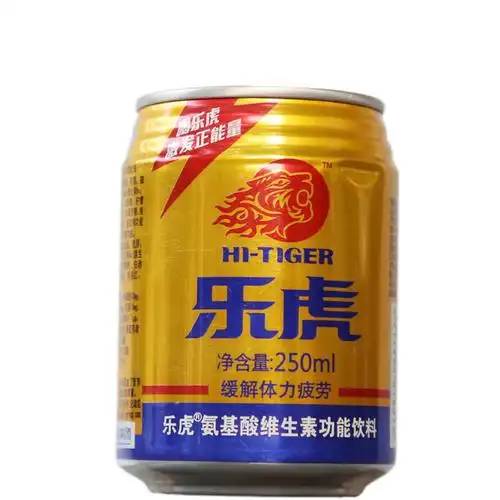
2.2 Application characteristics in flavored foods
D-Allulose can also be used in different types of sauce products: adding the right amount of D-allulose to hot sauce not only reduces the calorie content, but also allows the sauce to maintain an appropriate viscosity at a slightly acidic pH (adding sucrose will increase the viscosity and cause the product to solidify) [7-8]. Adding the right proportion of allulose has the effect of inhibiting dehydration during long-term storage, inhibiting the growth and development of microorganisms, and reducing the production of air bubbles [11].
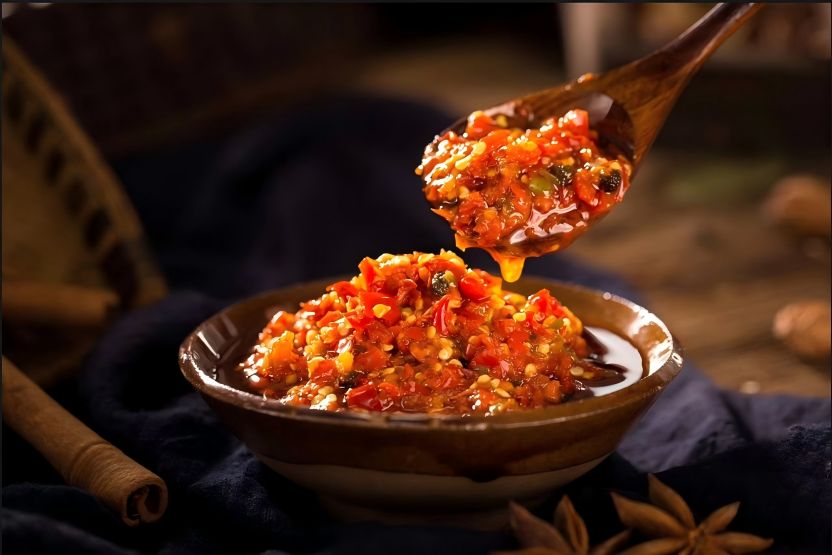
2.3 Application characteristics in baked goods
When added to aerated foods such as cakes containing egg white (e.g. chiffon cake, light cheese cake, etc.), D-allulose can help improve the physical and chemical properties of meringue compared to the addition of fructose, sorbitol, etc. Meringue made with D-allulose has a higher specific volume, the highest breaking stress, breaking strain and antioxidant activity, the smallest bubbles, the crispiest texture, and undergoes a Maillard reaction during baking [12 ]. It is also sensorially distinguishable from sucrose-based cakes (which are bland, lack complexity, have a high degree of Maillard reaction and a moist texture). The combination of allulose and raffinose A can be used in the preparation of sugar-free mooncakes to prevent tooth decay, reduce the risk of diabetes, fight oxidation, reduce fat, and improve the quality of fat [13-14].
2.4 Application characteristics in confectionery
D-Allulose can be used as a gelling agent and sweetener in soft candy. Adding D-allulose to the formula significantly reduces the water activity and moisture content of the soft candy, which is conducive to gel formation. Compared with sucrose, D-allulose can retain more water in the gel network, making the soft candy less prone to dehydration during storage, and greatly improving its structural properties. D-allulose also has a crystal inhibition effect on gelatin-based soft candy has a crystal inhibition effect on gelatin-based soft candy, which can extend the storage time of soft candy [15]. D-Allulose is used in the preparation of chewing gum in combination with powdered sugar and sucralose, which not only provides a distinct sweetness, but also extends the time for powdered sugar to retain its sweetness [16-17]. D-Allulose can also be used in the preparation of chocolate as a substitute for sucrose, which has the effect of preventing tooth decay, controlling blood sugar, inhibit the production of liver fat, and also mask the bitter taste of chocolate [18].
2.5 Application characteristics in other types of food
In meat products, replacing a certain proportion of sucrose with D-allulose in the preparation of chicken breast sausages can greatly inhibit the damage to the physical properties of the sausages caused by frozen storage (including elasticity, viscosity, water retention and elasticity recovery). Therefore, adding allulose can improve the resistance of the sausages to freezing damage, especially the quality of frozen stored chicken breast sausages [19-20].
D-Allulose is used in the production of tofu to improve the fluffy texture, reduce the formation of air bubbles and maintain a good appearance [21]. D-Allulose is used in combination with other sweeteners such as erythritol and steviol glycosides in the production of ice cream to inhibit blood sugar rise and reduce fat deposition. At the same time, with the appropriate ratio of sweeteners, the problem of ice cream shrinkage caused by the use of D-allulose to replace sucrose has been solved [22-23]. 3. D-Allulose application characteristics in the pharmaceutical field and solved the problem of ice cream shrinkage caused by the use of allulose instead of sucrose[22-23].
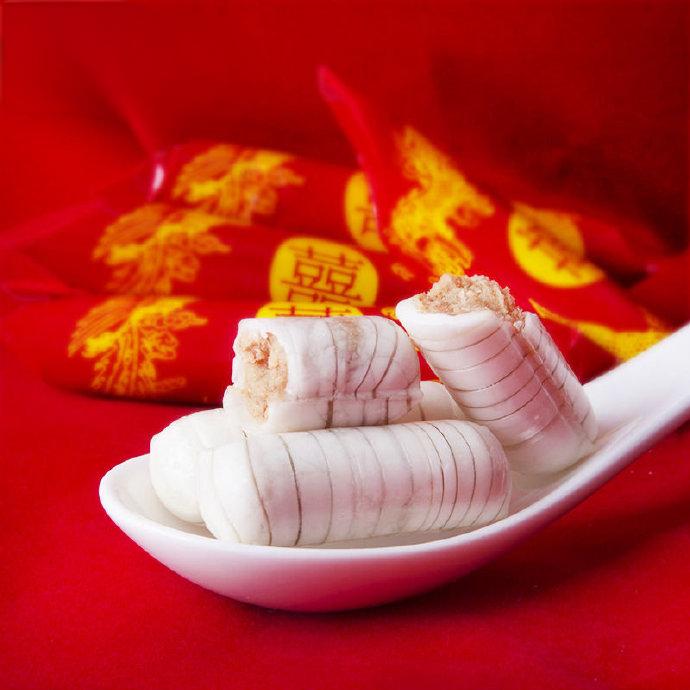
3. D-Allulose application characteristics in the pharmaceutical field
D-Allulose can be added to GLP-1 secretion promoters at a rate of 0.07 g·kg-1 to promote an increase in total GLP-1 secretion in the blood as an incretin-related drug [24-25]. Studies have shown that drugs with D-allulose as an active ingredient can inhibit the accumulation of fat in the liver and reduce muscle tissue loss, and can therefore be used to prevent or improve non-alcoholic fatty liver disease [26]; D-allulose can also be used as an effective active ingredient in autism spectrum disorders and mental illness improvement agents to relieve patients' anxiety about new environments [27].
4. The application characteristics of D-allulose in the field of daily chemical industry
Some studies have shown that D-allulose can be added to skin care products such as lotions and eye creams as a moisturizing ingredient [28-29]. When used in combination with other sugars such as glucose and mannose, it has a good deep water-locking effect and can strengthen the skin barrier. D-allulose can be used in cleaning and antibacterial mouthwashes to relieve pain and inflammation. When used in combination with sugar alcohols, it can effectively enhance the texture and granulation of the particles effect, improving the sensory properties of the product and making it more convenient to use.
5. The application characteristics of D-allulose in the biological field
In the biological field, D-allulose can be used as an active ingredient added to microbial growth inhibitors to inhibit the growth of fungi, bacteria, Lactococcus lactis subsp. lactis and yeast in maltose fermentation broth, thereby inhibiting the post-fermentation of fermented foods [30]. It can also be used as an active ingredient of cell activators, which has been shown to have a high activation effect on brown fat cells in cell experiments, and can activate brown fat cells and beige fat cells to promote energy consumption throughout the body, reduce fat levels, and thus help to solve the problem of obesity [31].
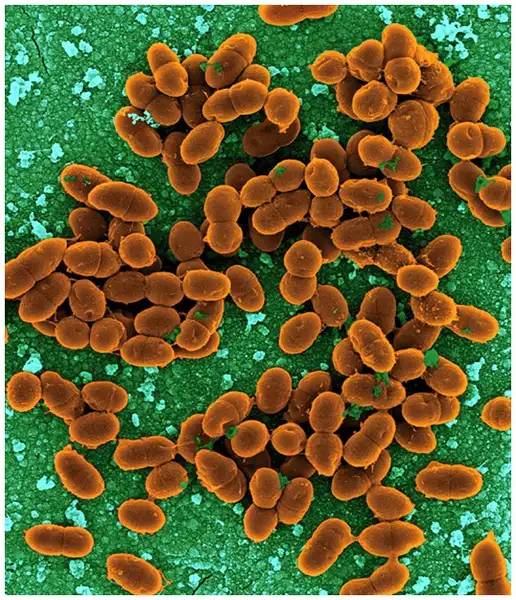
6 Conclusion
D-Allulose, as a new type of sugar substitute that is highly sought after, has high research and application value. It can be used alone or in combination with other sugar substitutes (steviol glycosides, erythritol, xylitol, etc.) in various fields such as food, medicine, daily chemicals, and biology. Moreover, it can exhibit excellent characteristics in products in different fields that other sugar substitutes do not have.
References
[1] Shen Dongxi, Jin Xiuting, Park Yun-kyung, et al. Alulose-containing carbonated water and preparation method thereof: 201780061860.8 [P]. 2023-06-20.
[2] Shen Dongxi, Kim Sujung, Park Seungwon, et al. Amino acid beverage containing allulose. 201780071977.4[P]. 2019-07-16.
[3] Lim Hyejin, Kim Bongchan, Kim Yongin, et al. Low-calorie soybean milk with reduced soybean odor. 201980043922.1[P]. 2021-02-09.
[4] Choi Jongmin, Kim Suyeong, Park Yunhyeong, et al. Method for improving the alcoholic sensation of alcoholic beverages using allulose : 201780061922.5[P]. 2019-05-24.
[5] HAN Tae-chul, KIM Bong-chan, KIM Yong-in, et al. Low-calorie coffee beverage composition : 201780067914.1[P]. 2019-06-18.
[6] KIMOTO-NIRA H, MORIYAN, HAYAKAWAS, et al. Effects of rare sugar d-allulose on acid production and probiotic activities of dairy lactic acid bacteria [J]. Journal of Dairy Science, 2017, 100(7):5936-5944.
[7] Park J-Y, Kim E, Park S-W, et al. Sugar mixture containing allulose with improved sweetness quality and crystallization: 201680028081.3[P]. 2018-03-16.
[8] Zhao Yala, Jin Fengcan, Jin Shiying, et al. Low-calorie hot sauce. 201880087728.9[P]. 2020-09-18.
[9] Li Ren, Park Seung-won, Bian Chengbei, et al. Tomato sauce with improved storage stability: 201780061891.3[P]. 2019-05-21.
[10] Choi, Jong-Min, Kim, Soo-Jung, Park, Seung-Won, et al. Jam containing allulose and method for manufacturing the same. 201780053825.1[P]. 2019-04-19.
[11] LEE Young-mi, KIM Sung-bo, KIM Yang-hee, et al. Creamer containing vegetable lipids and allulose: 201780080904.1[P]. 2019-08-16.
[12] O'CHAROEN S, HAYAKAWA S, MATSUMOTO Y, et al. Effect of D-psicose used as sucrose replacer on the characteristics of meringue [J]. Journal of Food Science, 2014, 79 (10/12): E2463-E2469.
[13] Ye Pengjing, Han Shilei, Liao Jinhua, et al. A sugar-free mooncake with improved body fat function and its preparation method: 201910815555.4[P]. 2019-12-27.
[14] POCAN P, ILHAN E, OZTOP MH. Effect of d-psicose substitution on gelatin based soft candies: a TD-NMR study [J]. Magnetic Resonance in Chemistry, 2019, 57(9):661-673.
[15] GUAN LJ, ZHU L, WANG KL, et al. Ancestral sequence reconstruction enhances the thermal stability of D-allulose 3-epimerase [J/OL]. Food Industry Science and Technology, 1-13 [2024-04-12]. https://doi.org/10.13386/j.issn1002-0306.2024010227.
[16] Xu, Y., Jin, F., Jin, R., et al. Chewing gum containing a functional sweetener: 201880096643.7[P]. 2021-03-23.
[17] David G. Baccalou, Xu Jiahua, Andre Hasselu. Chewing gum containing allulose: 201680057416.4[P]. 2018-06-08.
[18] Xu Y, Jin F C, Jin R R, et al. Chocolate composition with improved processability and preparation method thereof: 201780080771.8[P]. 2019-08-09.
[19] Han Yahong, Guo Yuanheng, Wang Xiaoyan, et al. Research on a highly stable liquid D-allulose 3-epimerase preparation [J]. Contemporary Chemical Industry, 2024, 53(3): 712-716.
[20] Chen Shaohui, Wang Chen, Wang Xiaoyan, et al. Research progress on the regulatory standards and processes of D-allulose-3-epimerase [J]. Contemporary Chemical Industry, 2023, 52(11): 2671-2677.
[21] Kim Yoojin, Park Hongwook, Lee Youngmi, et al. Tofu with improved quality and method for manufacturing the same: 201780072560.X[P]. 2019-07-16.
[22] Liu Feng, Li Kewen, Luan Qingmin, et al. A shrinkage-resistant sugar-free ice cream and a preparation method thereof: 201811043483.8[P]. 2019-01-18.
[23] Xu Kang, Sui Songsen, Guo Chuanzhuang, et al. Research progress on the physiological functions and applications of D-allulose [J]. Food Research and Development, 2023, 44(22): 163-167.
[24] Tetsuo Minamino, Taro Ozaki, Akihide Yoshihara, et al. Osmotic pressure regulator for peritoneal dialysis solution containing D-allose and/or D-allulose: 202080024937.6[P]. 2021-11-26.
[25] Toshihiko Yada, Yusaku Iwasaki, Hiroshi Hara. GLP-1 secretion enhancer. 201680044368.5[P]. 2018-06-08.
[26] Kim Hye-jeong, Park Jong-jin, Lee Kang-pyo. Composition for preventing or alleviating non-alcoholic fatty liver disease: 201780097860.3[P]. 2020-08-07.
[27] Toshihiko Yada, Yusaku Iwasaki, and Shigetomo Suyama. An agent for improving autism spectrum disorders and mental illness. 201880087683.5[P]. 2020-09-01.
[28] Pi Dongwei, Chen Shaohui, Guo Yuanheng, et al. Administrative licensing progress of D-allulose in food applications [J]. Contemporary Chemical Industry ,2023,52(9):2186-2191.
[29] Mi Yunhong, He Li, Lu Yehuo, et al. Process research on the preparation of high-content oligofructose and the coproduction of D-allulose [J]. Food Science and Technology, 2023,48(7):212-219.
[30] Xiong Xiaolan, Li Zhenzhen, Luan Qingmin, et al. Research on the functional properties, preparation methods and industrial applications of D-allulose [J]. Fine and Specialty Chemicals, 2023, 31(1): 1-5.
[31] Sun Zhen, Cheng Qianqian, Ji Qinyi, et al. Biotransformation of D-allulose and optimization of cooling crystallization process [J]. Food and Fermentation Industry, 2023, 49(21): 16-22.


 English
English French
French Spanish
Spanish Russian
Russian Korean
Korean Japanese
Japanese

